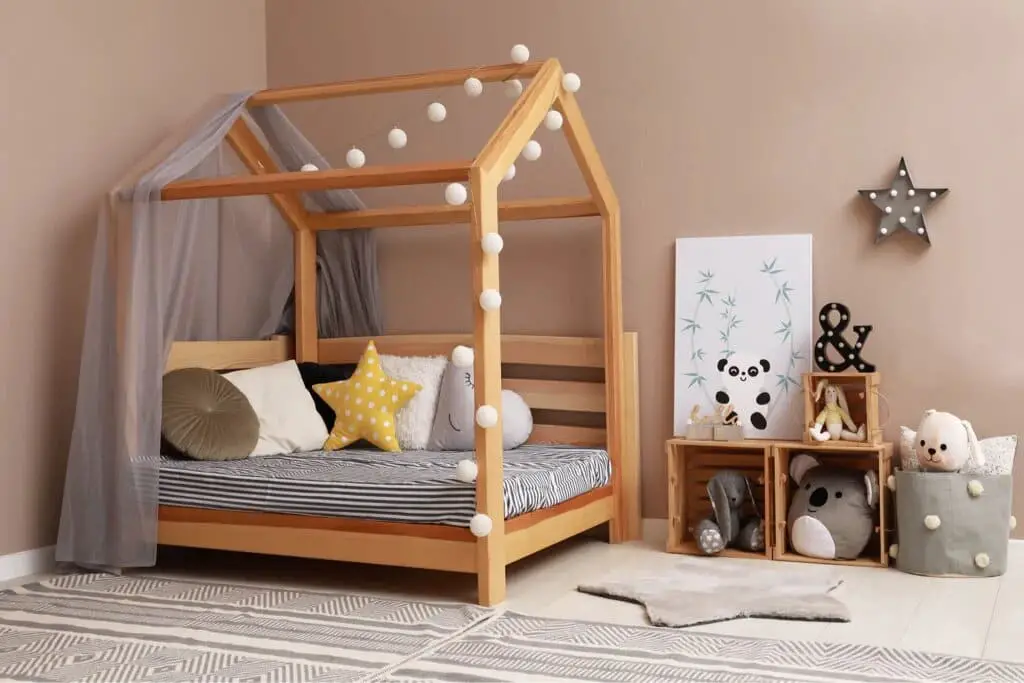Introduction
Montessori education extends beyond the classroom into the child’s home environment, with the bedroom being a significant space for applying Montessori principles. A Montessori bedroom is meticulously designed to foster independence, creativity, and a sense of calm for children.
Benefits of Montessori Bedroom
Children benefit immensely from a Montessori bedroom setup. It encourages independence as they can access their belongings easily, promotes creativity through self-directed play, and enhances organization skills by having a designated place for everything.
Design Principles
In creating a Montessori bedroom, simplicity is key. The environment should be free from clutter, with furniture and materials carefully chosen to be accessible to the child. Natural materials are preferred, fostering a connection to the environment.
Furniture Selection
Choosing the right furniture is crucial. Opt for low and open shelving, allowing children to reach their belongings without assistance. Invest in child-sized furniture to promote autonomy and multi-functional pieces that adapt to various activities.
Color Scheme
The color palette of a Montessori bedroom should be calming and neutral, with hues inspired by nature. Personalized accents such as artwork or textiles can add warmth and individuality to the space.
Flooring Options
Soft and natural flooring materials like cork or wood promote a sense of comfort and connection to the environment. Area rugs define activity zones while providing a soft surface for play. Ensure all materials are non-slip for safety.
Storage Solutions
Utilize baskets and bins for organizing toys and materials, making it easy for children to see and access their belongings. Implement a labeling system to encourage tidiness and teach vocabulary. Rotate toys periodically to maintain interest and reduce clutter.
Lighting Considerations
Maximize natural light whenever possible to create a bright and inviting space. Incorporate adjustable lighting options to accommodate different activities and moods. Consider a gentle night light to provide comfort during sleep.
Safety Measures
Safety is paramount in a Montessori bedroom. Secure furniture to the wall to prevent tipping accidents. Install electrical outlet covers and window guards to minimize potential hazards.
Creating Activity Areas
Designate specific areas for different activities within the bedroom. A cozy reading nook encourages a love for books, while an art corner stimulates creativity. A practical life station allows children to engage in real-life activities independently.
Incorporating Nature
Bringing elements of nature into the bedroom enhances the connection to the natural world. Indoor plants purify the air and add visual interest, while nature-inspired decor creates a calming atmosphere reminiscent of outdoor environments.
Personalization Tips
Involve the child in personalizing their bedroom to reflect their interests and preferences. Display their artwork prominently and allow them to contribute to decor decisions. Be flexible and adapt the space as their needs and tastes evolve.
FAQs
- How to Transition to a Montessori Bedroom?
- What Age is Suitable for a Montessori Bedroom?
- How to Maintain Order in a Montessori Bedroom?
- Can I Incorporate Technology in a Montessori Bedroom?
- How to Create a Calm Environment in a Montessori Bedroom?
- Where Can I Find Montessori Bedroom Furniture?


